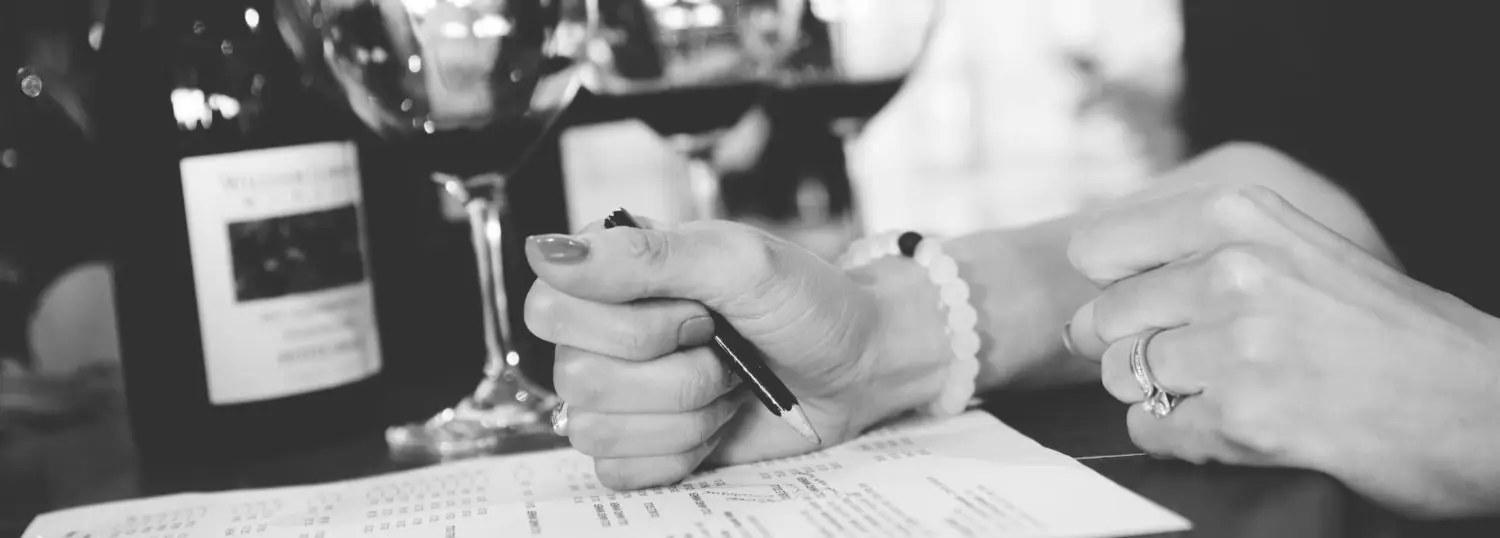We begin our tour of South Africa in the Coastal Region—the birthplace of the South African wine industry. On April 6, 1652, Dutch-born Jan van Riebeeck, South Africa‘s first European settler wrote, “Today, praise be to God, wine was pressed for the first time from Cape Grapes.” The region continued to be a focal point for European wine drinkers, enthralled as they were with the Muscat-based sweet wines being produced, often preferring the luscious wine—simply called “Constantia”—to Tokaji, Madeira, or even Yquem.
Indeed the drink became the stuff of literature: Charles Dickens tells of “…the support embodied in a glass of Constantia and a home-made biscuit” in Edwin Drood; Jane Austen speaks of Constantia’s “… healing powers on a disappointed heart.”
Though the grapes grown and wine produced are much different than those described by our poets, the Coastal Region is arguably still one of the most popular regions South Africa has to offer. It contains the tourist town, Cape Town—a now shared name with wine district Cape Town District (once Cape Peninsula District)—as well as other well-known districts and wards such as Swartland, Tulbagh, Wellington, and of course Constantia.
For a simplified look at South African wine information, please see Wine Region Overview: South Africa. (More appropriate for those studying for their Level 3 exams.)




